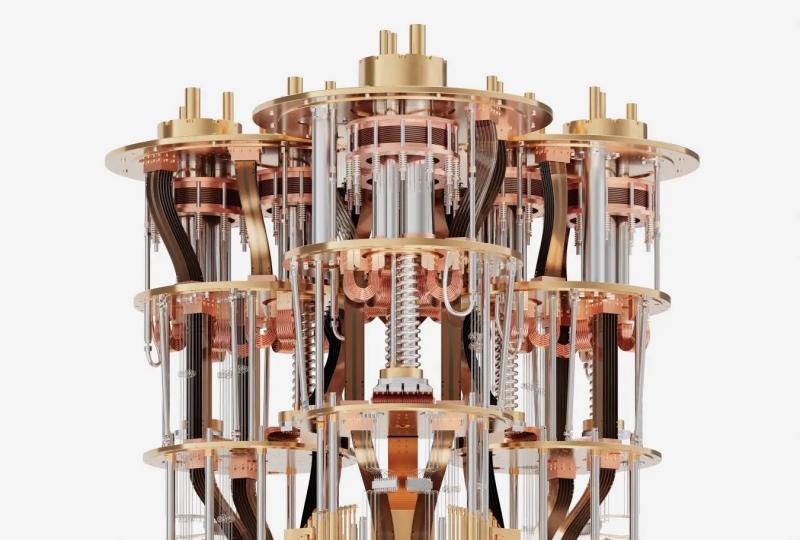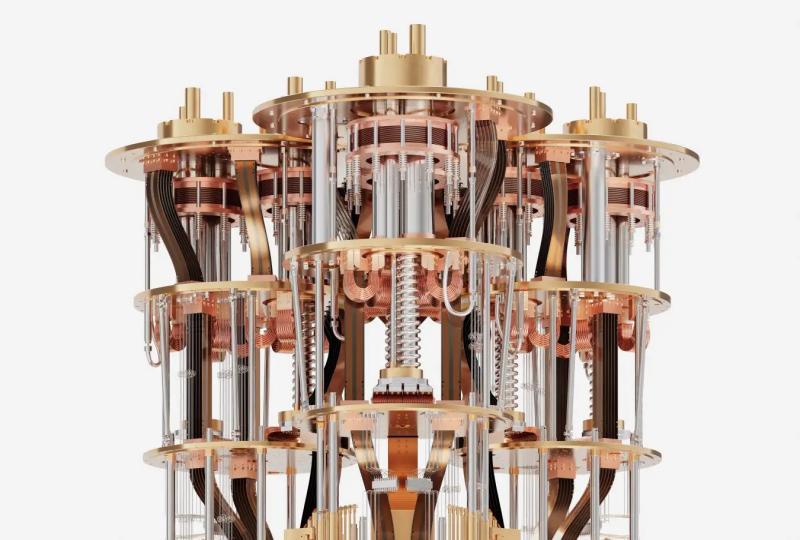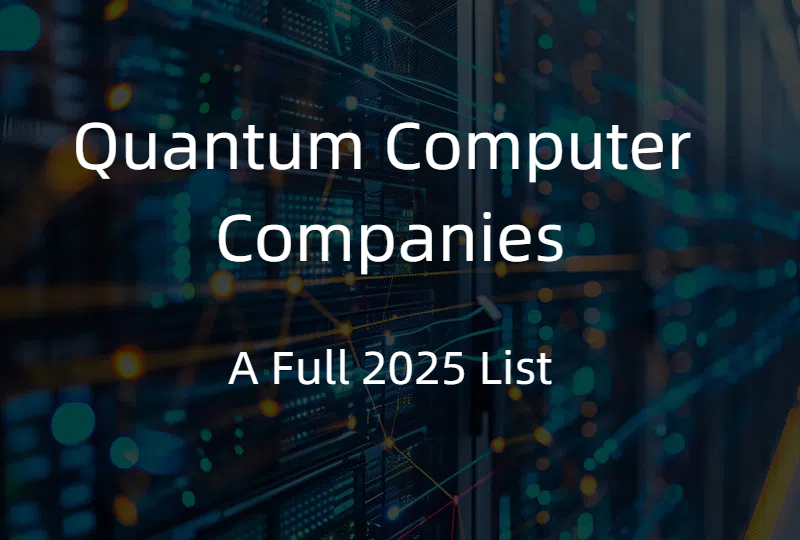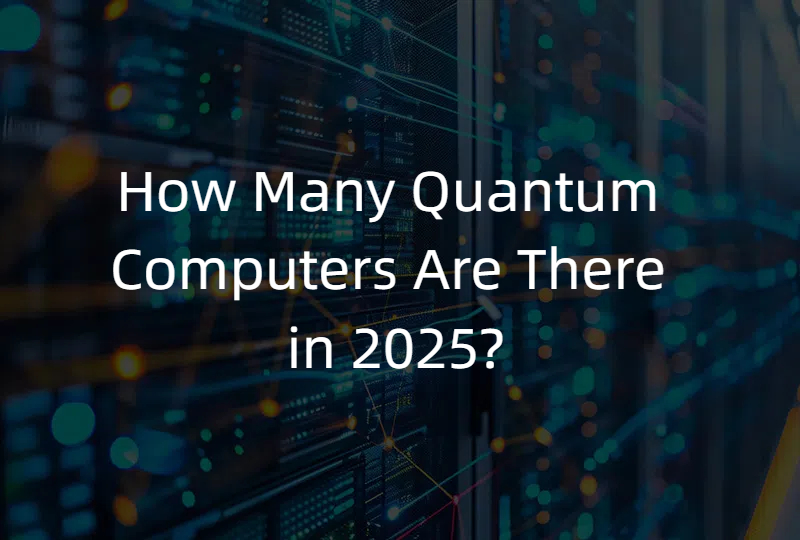Quantum Computing News: ICQE 2025 & Latest Quantum Research
2025.06.17 · Blog quantum computing newsquantum research
Quantum computing is rapidly advancing on multiple fronts, from hardware innovations to real-world demonstrations and government strategies. In June 2025, the International Conference on Quantum Energy (ICQE 2025) in Padua, Italy, drew global attention to the need for quantum research to align with energy and sustainability goals.
In this article, we cover key takeaways from ICQE 2025 and a broader roundup of recent quantum computing news and quantum research.
-
ICQE 2025 – Energy & Responsibility: The conference emphasized that "the cost of energy will define the cost of intelligence," urging quantum development with sustainability in mind. Researchers discussed using quantum tools for renewable energy challenges and making computing more efficient.
-
Major Tech Breakthroughs: Google's 105-qubit Willow chip demonstrated exponential error reduction and ran a benchmark in ~5 minutes that would take a classical supercomputer ~10^25 years. IBM unveiled its fault-tolerant roadmap Starling, a 2029 target system with 200 logical qubits (100 million operations). Microsoft introduced Majorana 1, a new topological qubit architecture aiming to scale to millions of qubits.
-
Quantum Advantage in Action: In March 2025, IonQ and Ansys ran a medical-device simulation on IonQ's 36-qubit computer, achieving a ~12% speed-up over classical HPC. This is one of the first cases showing a practical quantum outperforming a classical method. Researchers also used quantum simulation to solve a 40-year puzzle about quasicrystals: University of Michigan scientists proved these exotic materials are fundamentally stable by simulating their atomic structure with cutting-edge quantum algorithms.
-
Hardware Milestones: In April 2025, Fujitsu and RIKEN announced a 256-qubit superconducting quantum computer – four times larger than their 2023 – and set plans for a 1,000-qubit machine by 2026. These scale-ups enable tackling more complex problems (larger molecules, advanced error correction) on hybrid quantum-classical platforms.
ICQE 2025: Energy Meets Quantum Responsibility
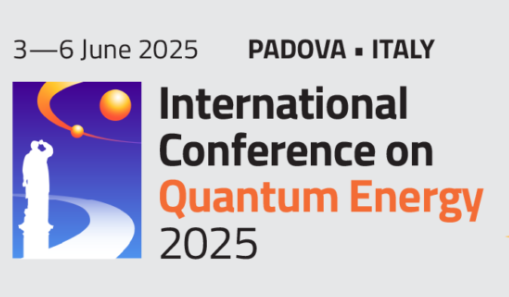
ICQE 2025 drove home that as quantum and AI scale up, their energy demands cannot be overlooked. Co-chair Francesco Campaioli framed it starkly: "It is the cost of energy that ultimately will define the cost of intelligence". Talks stressed that quantum technology should be built from the ground up for efficiency and sustainability, not retrofitted later.
For example, speakers highlighted three key areas: foundational physics, efficient computing, and materials discovery. Understanding quantum thermodynamics could lead to new low-energy cooling and power distribution strategies.
Architectures like biased cat-qubit error correction were shown to reduce the energy overhead of logical qubits. And quantum simulation/sensing offers faster ways to design next-generation energy materials – from solar cells to hydrogen catalysts – by modeling their quantum behavior directly.
ICQE also underscored the need for collaboration across fields. Scientists, engineers, industry and policymakers were urged to break out of silos and share a unified vision. On the political side, Italy used the event to announce an upcoming National Quantum Strategy. Physicist Simone Montangero revealed that Italy will create an "Italian Quantum Alliance" uniting universities, research institutes and companies under this strategy. This move – integrating quantum into broader technology and energy policies – reflects a trend. As one insider put it, "signals like this influence how partnerships are formed and how seriously the public and private sectors take the work ahead".
In short, ICQE 2025 highlighted that quantum's future is not just faster computing, but smarter, sustainable growth aligned with real-world needs.
Latest Breakthroughs in Quantum Hardware and Algorithms
Top quantum computing companies reported major quantum leaps. In December 2024, Google announced Willow, a 105-qubit superconducting processor, as its new flagship. Willow's standout achievement is exponential error correction: the more physical qubits used, the lower the overall error rate – a milestone known as going "below threshold".
Google also ran the standard random-circuit sampling benchmark: Willow solved it in under 5 minutes, a task that the fastest classical supercomputer would take ~10^25 years to match. These results, described in Nature, are strong evidence that large, error-corrected quantum computers can be built in the future.
.png)
Also in 2025, IBM unveiled a roadmap for fault-tolerant quantum computing. The centerpiece is IBM Quantum Starling, targeted for 2029: a large-scale quantum computer with 200 logical qubits (running ~100 million error-corrected operations).
Starling will be housed in a new IBM Quantum Data Center in New York. IBM's plan goes further: it introduces quantum low-density parity-check (qLDPC) error-correcting codes that slash overhead by ~90%, and outlines future systems like Blue Jay (1,000+ logical qubits, ~10^9 ops). By combining hardware advances and smart coding theory, IBM aims to meet all the criteria for a practical, modular fault-tolerant machine.
Microsoft made news with its Majorana 1 processor. This is built on a novel "topological" architecture: using new superconducting materials (topoconductors) to host Majorana quasiparticles, which are inherently more stable. In effect, Microsoft set out to invent the "transistor for the quantum age". The company claims this design offers a clear route to scale up to one million qubits on a chip, by making qubits that require less error correction overhead. A Nature paper out Feb 2025 details how the new materials stack and qubit measurements were achieved. If successful, Majorana 1's architecture could be a game-changer for long-term scalability in quantum computing.
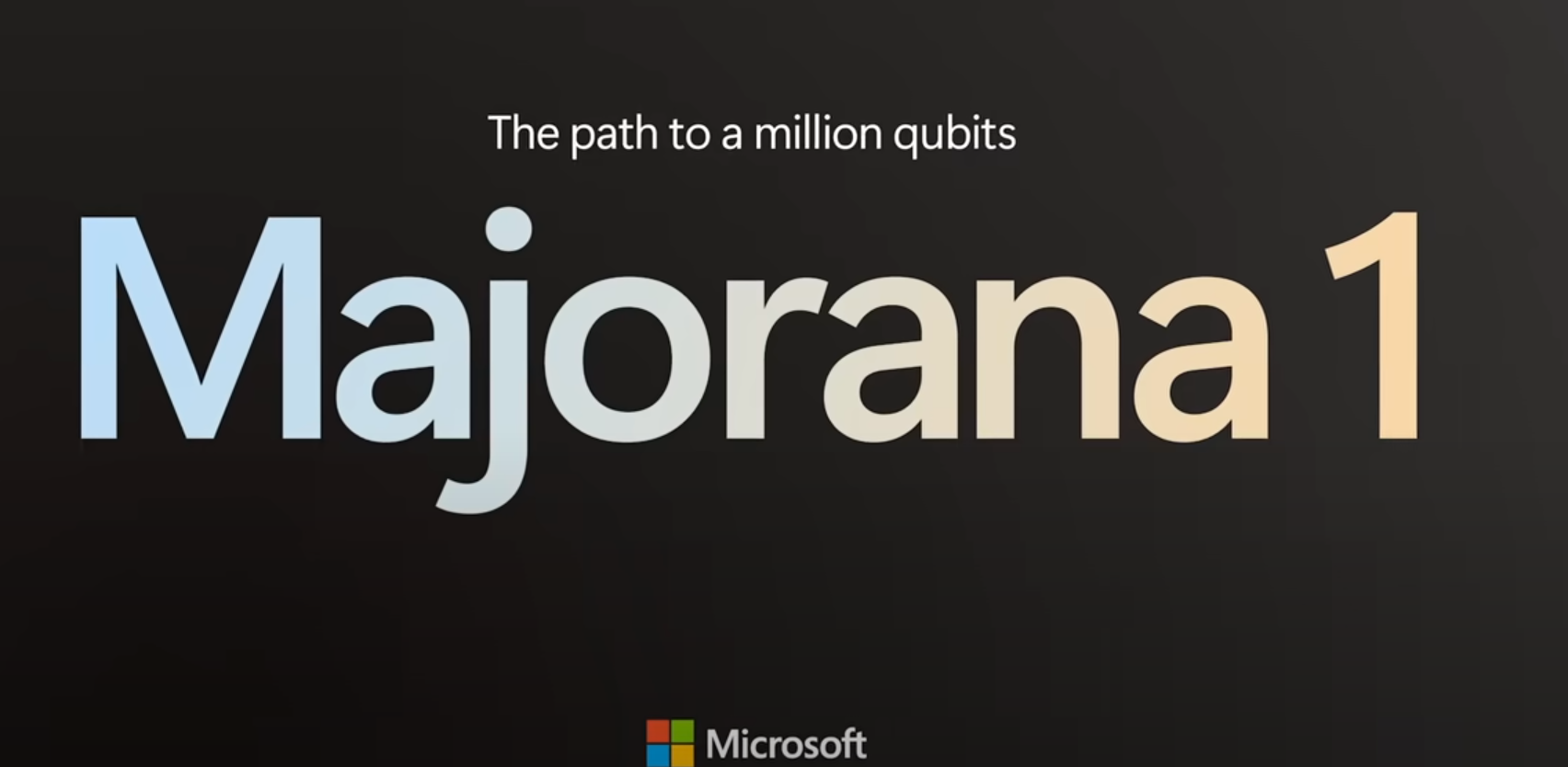
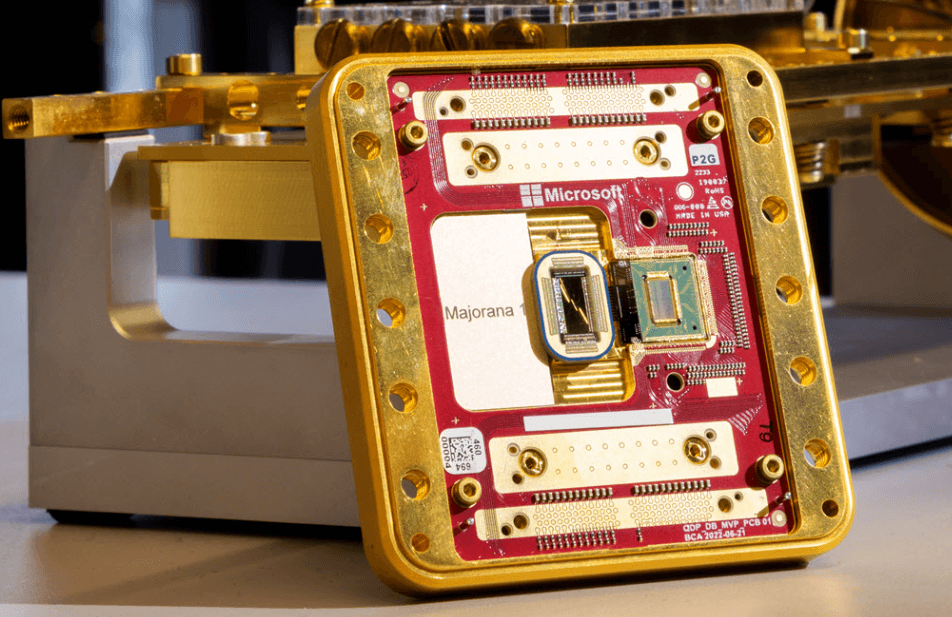
Quantum in Practice: Simulations and Applications
Quantum advantage is edging into practical domains. For instance, IonQ reported that its 36-qubit Forte quantum computer outperformed classical hardware on a real-world engineering task. In partnership with Ansys, IonQ ran a blood-pump fluid simulation (Ansys LS-DYNA) on quantum hardware. The result: quantum computation was about 12% faster than the equivalent classical run.
IonQ's CEO noted this is one of the first examples of quantum outperforming key classical methods in engineering design, hinting that as hardware improves, such gains will grow. Workflows like this show how quantum processors can already accelerate aspects of high-performance computing (HPC) in fields like medical devices, automotive design, logistics, and more.
Quantum simulations are also yielding fundamental scientific insights. A team at the University of Michigan used quantum-mechanical modeling to solve a 40-year puzzle about quasicrystals. Quasicrystals have atomic patterns that never repeat periodically – a structure long thought impossible to explain with traditional physics.
The researchers developed a method to cut a quasicrystal into simulated nanoparticles and compute their energies. They found that certain quasicrystals (two specific alloys) have lower energy than any alternative structures, proving these materials are indeed stable.
The key was a new parallel algorithm: by limiting communication to neighboring processors and leveraging GPUs, the team achieved a 100× speed-up in simulation time. These results, published in Nature Physics, not only validate the existence of quasicrystals but also showcase how advanced computation (quantum and classical) can tackle complex materials problems.
Global Strategies and Funding
Governments worldwide are pouring resources into quantum. China announced a national venture fund of 1 trillion yuan (~$138 billion) for cutting-edge tech including quantum computing. This massive fund (structured as a public-private partnership) will back long-term, high-risk research in areas like quantum, AI, semiconductors and renewables.
China has been steadily ramping up quantum investments: for example, the country's 105-qubit Zuchongzhi 3.0 processor (built by USTC) solved a complex sampling problem in seconds that would take current supercomputers 6.4 billion years to match. The new fund aims to transform such research successes into commercial technology, indicating China's intent to maintain a leading edge.
The U.S. National Quantum Initiative budget was $1.2B over five years (2018–2022), and Europe's Quantum Flagship is €1B over ten years.
Europe, for its part, is uniting its efforts. A recent EU report lays out an ambitious "Quantum Valley" strategy. It proposes unified coordination of research and industry: creating cross-border Quantum Competence Clusters that pool expertise and infrastructure, expanding quantum-computing networks linked to Europe's supercomputers, and incentivizing private investment.
The goal is to avoid fragmented national efforts and establish Europe as a global leader in quantum technologies. The report recommends measures from dedicated quantum degree programs to procurement challenges for fault-tolerant systems.
Similarly, individual countries are moving: Italy, reflecting ICQE's themes, said it will publish a National Quantum Strategy this year and launch an Italian Quantum Alliance to align universities, industry and government. Together, these initiatives show that quantum computing is now a strategic priority for economies and security worldwide.
The Road Ahead
In summary, mid-2025 saw quantum research progress on many fronts. Conferences like ICQE 2025 underscored the responsibility to align quantum advances with energy and societal needs, while companies announced ambitious roadmaps and users demonstrated early advantages.
Experts caution, however, that quantum is still maturing: Nobel laureate Frank Wilczek recently noted that quantum computers remain in the research stage and "classical computers will remain superior for the foreseeable future". In other words, we are witnessing exciting breakthroughs, but practical, large-scale quantum computing remains on the horizon.
Nonetheless, with sustained R&D and growing ecosystems of talent, hardware, and funding, quantum computing news will continue to make headlines. The field's pace of innovation – from fundamental physics to real-world demos – means that in the coming years we should expect even more spectacular advances and milestones in quantum technology.
Featured Content


